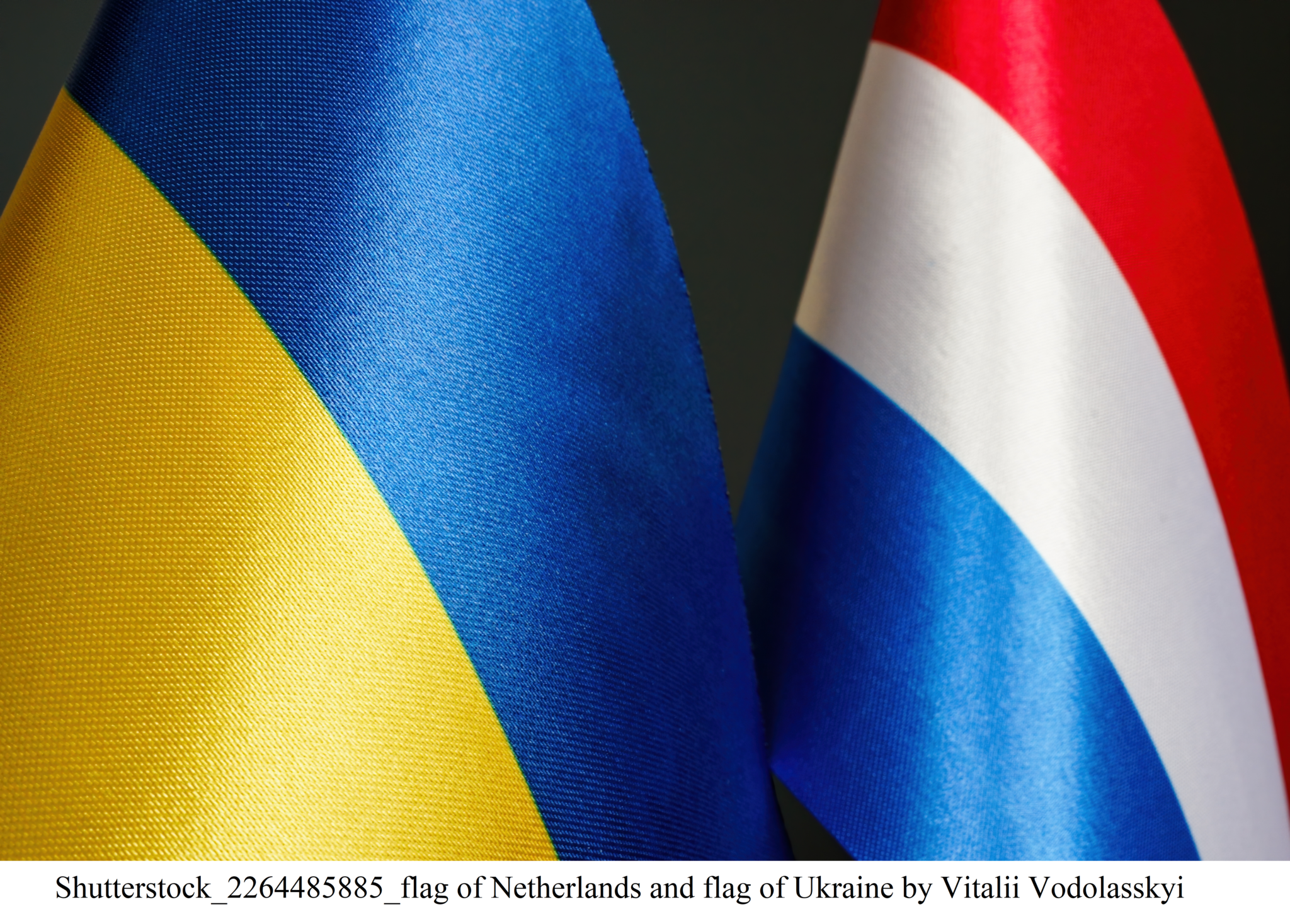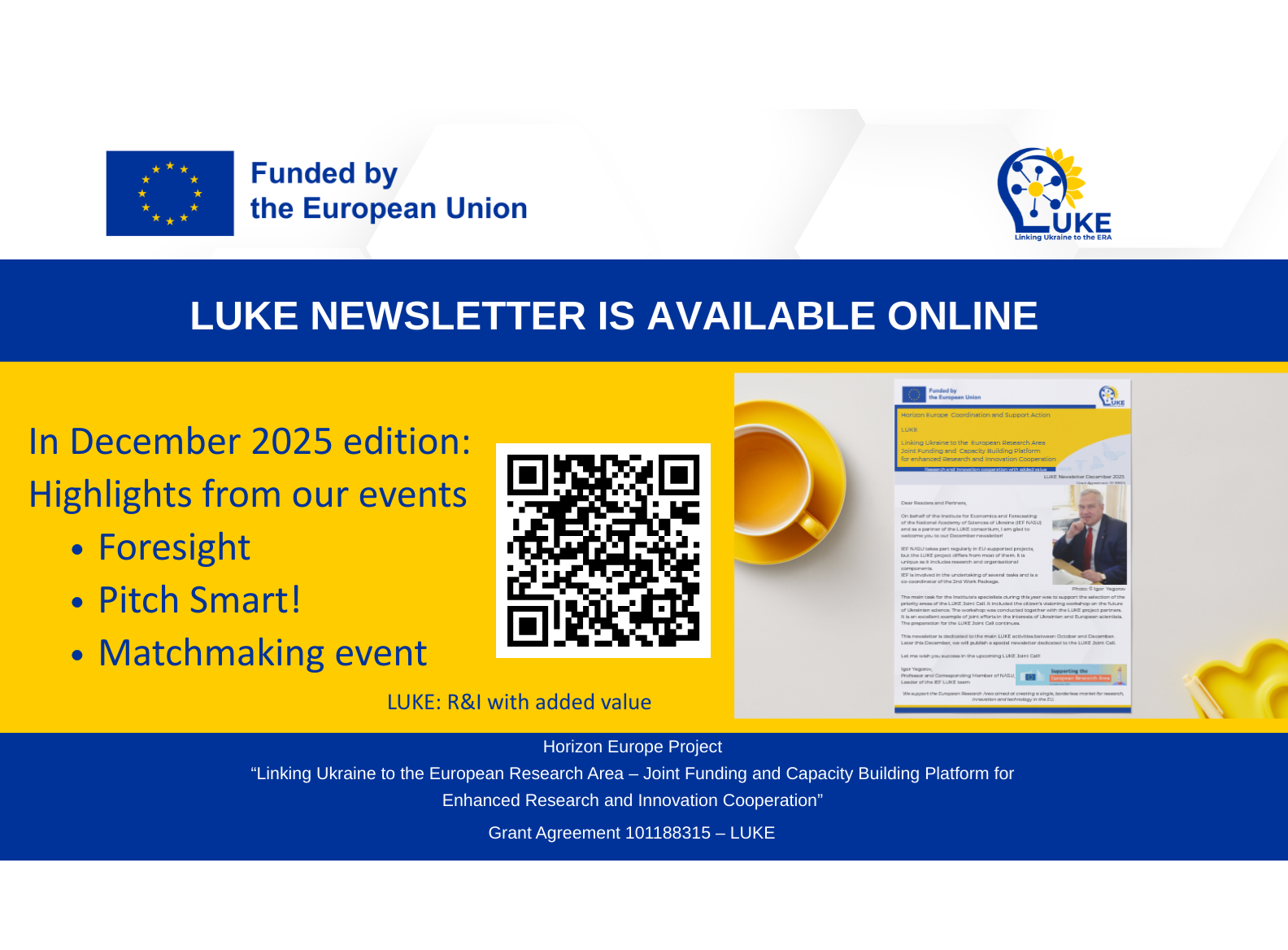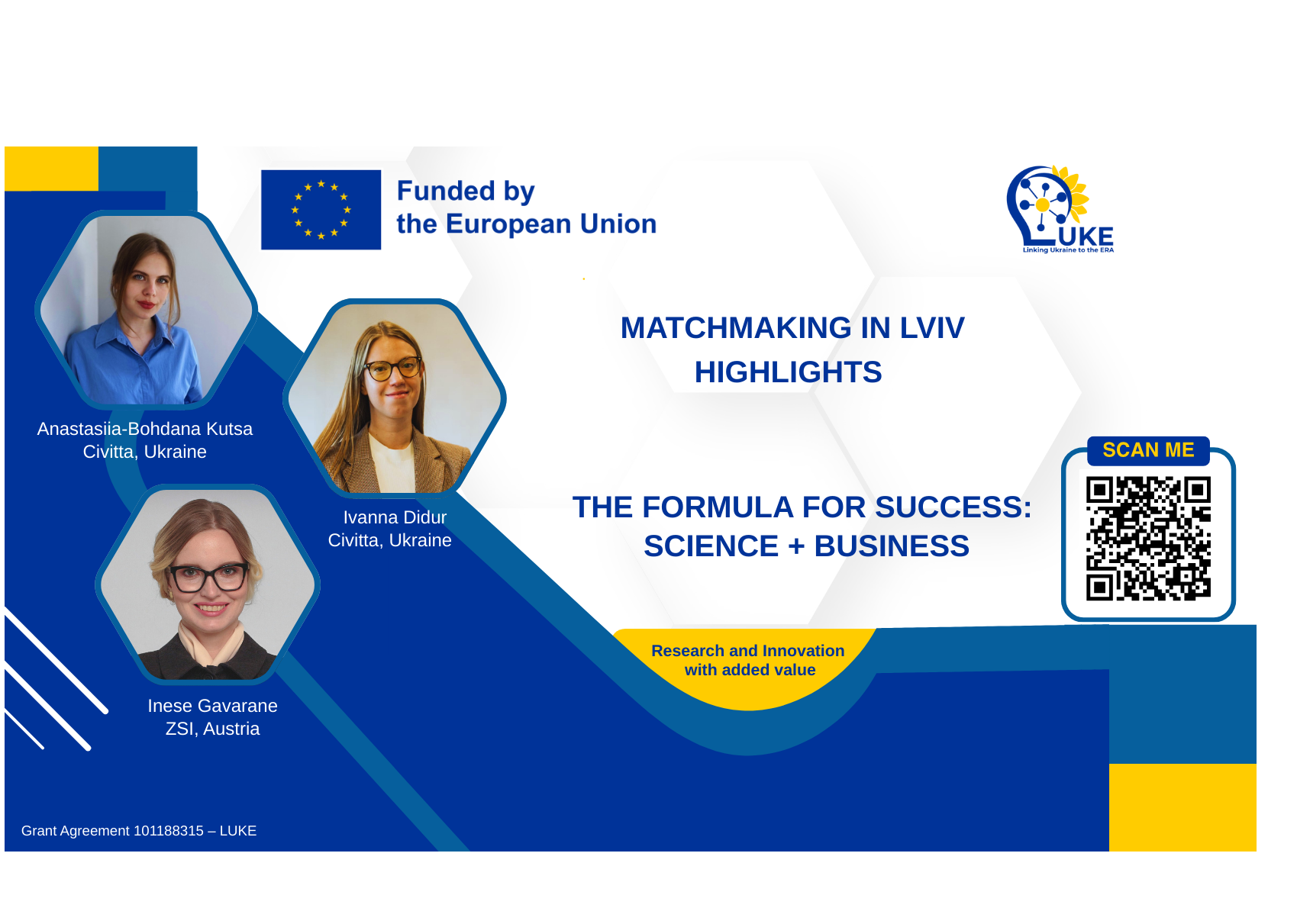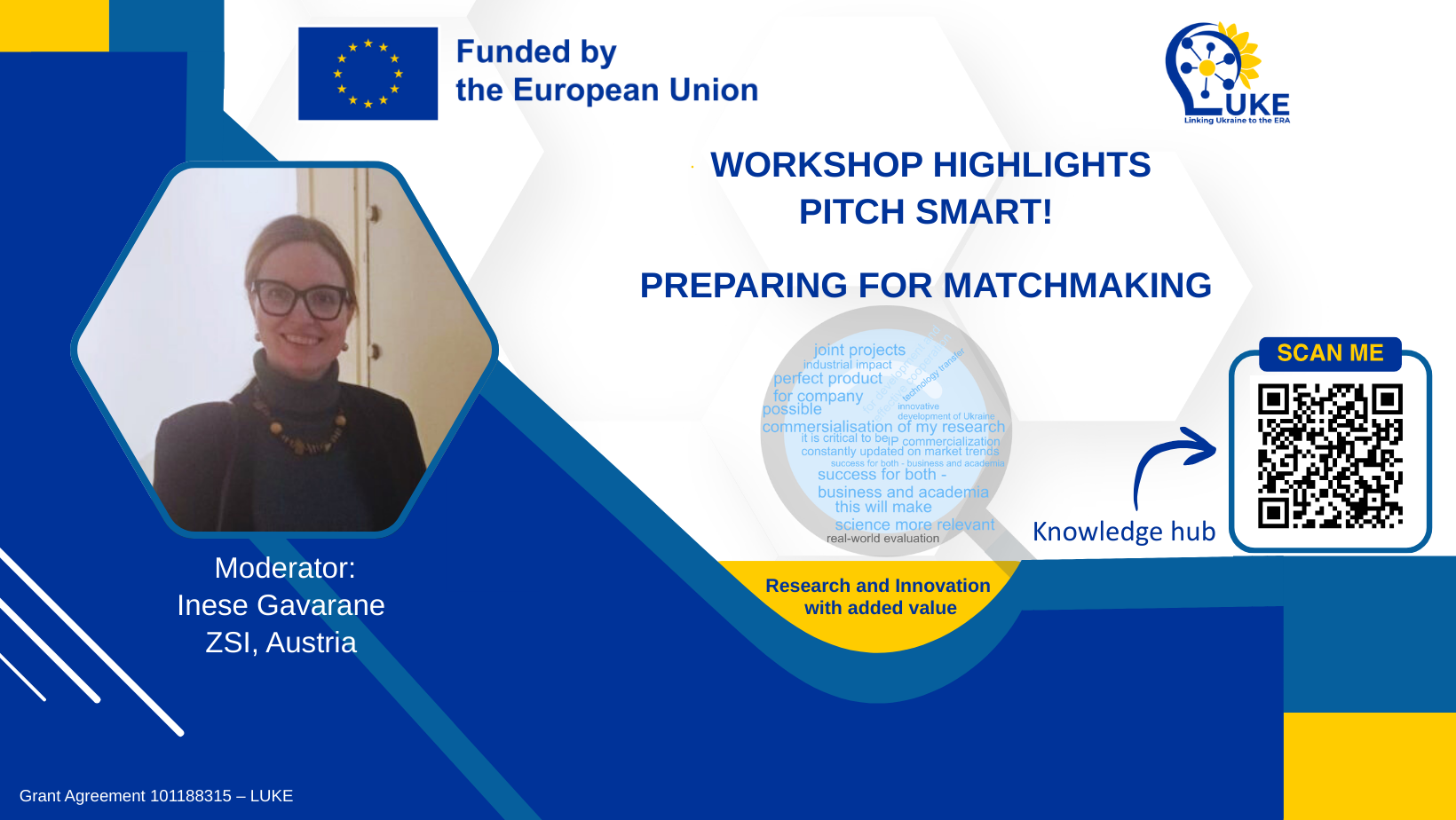New implants will help live an active life again
Before the full-scale invasion of russian troops into Ukraine, hundreds of patients needed modern implants. Nowadays, thousands of Ukrainians need them. That is why researchers of the Sumy State University are looking forward to the renewal of funding for research dedicated to the topic of individualized implants in orthopedics. Their project ‘Personalized bioengineered scaffolds for osteochondral regeneration produced by additive manufacturing with enhanced surface properties’ was successful in the call ‘Support for Research of Leading and Young Scientists’ of the National Research Foundation of Ukraine and was granted funding from the Foundation before the war.
The project PI and Head of the Department of Nanoelectronics and Surface Modification of the Faculty of Electronics and Information Technology of Sumy State University Alexander Pogrebnjak told us what kind of implants are being developed by researchers and how much had been done before the start of a full-scale invasion.
“Today, many research teams are working on the development of individualized implants,” said the researcher. “Our team creates a new surface of materials that can integrate with body tissues and speed up regeneration processes. This is a very important topic because there is a catastrophic lack of modern implants today.”
The researcher explained that a scientific feature of the research is the creation of a combined metal/polymer implant to ensure the restoration of the entire joint. In other words, researchers create a new type of porous metal implants with an active surface taking into account the structure of the musculoskeletal system of each individual patient. And it is the polymer component on the surface of the implant that will ensure its integration in the body.
“We rely on the latest achievements of many research areas – physics, chemistry, metallurgy, biology, medicine”, said Prof. Pogrebnjak. “For example, we use new nanolaminates MXene as a carrier of biologically active substances that stimulate the development of bone tissue. These nanolaminates were discovered by the researcher of Ukrainian origin, Prof. Yury Gogotsi (Drexel University, USA).
Before the start of the war, the team had managed to perform a large part of the research. Researchers had developed a new technology for creating a coating on three-dimensional implants using plasma electrolytic oxidation. They also investigated how nanostructures created with the help of a femtosecond laser affect the processes of osseointegration.
The researchers have created composite materials from polymer and MXene capable of conducting current, which is important for use in tissue engineering structures. “In general, we already have separate components to achieve the planned goal,” the Professor added. “Unfortunately, the war made its adjustments to the terms of project implementation. However, we will certainly finish it later!”.
The city where the researchers work is located near the Ukraine-russia border, so it was one of the first to come under enemy fire. In February and March 2022, many districts of Sumy were left without electricity, water and heating. The laboratory of cell cultures of Sumy State University was also affected. “In particular, due to the lack of electricity, all the cell lines important for our research were lost,” commented the project PI.
However, the project team does not give up because of difficulties (even if they seem insurmountable). The work of the cell culture laboratory has been gradually restored, and now researchers are continuing their work on the creation of polymeric nanofibrous materials. In particular, research of porous metal implants is ongoing.
The project team is very professional, it includes physicists (Alexandr Pogrebnjak and Kateryna Smirnova), a biologist (Serhiy Kyrylenko), and experimental doctors (Maxim Pogorelov and Volodymyr Deyneka).
“It is very important that powerful sub-contractors joined the Sumy State University team: LLC ‘Center of Materials Science’ (Olexii Gogotsi and Veronika Zagorodna) and PE ‘EXIMA’ (Oleg Mishchenko),” Alexandr continued. “The ‘Center of Materials Science’ is a world-famous manufacturer of MXene, therefore, we have the best materials in the world for our project. And Oleg Mishchenko is a practicing doctor. He knows exactly what the final product should be and gives us important recommendations. (By the way, Oleg Mishchenko is helping Ukrainian soldiers at his workplace in Zaporizhzhia today.) I am sure that our team is able to complete the project under any conditions, even despite the war and wartime difficulties.”
Svitlana GALATA





